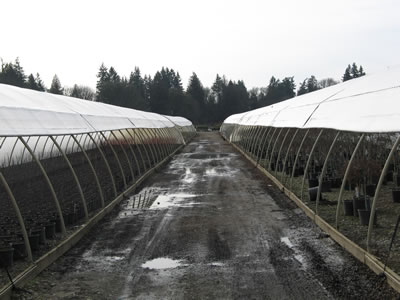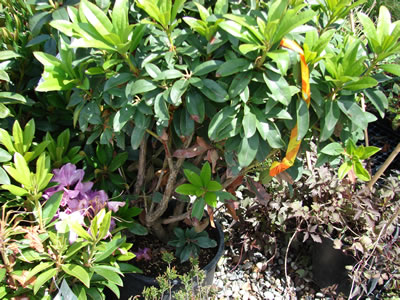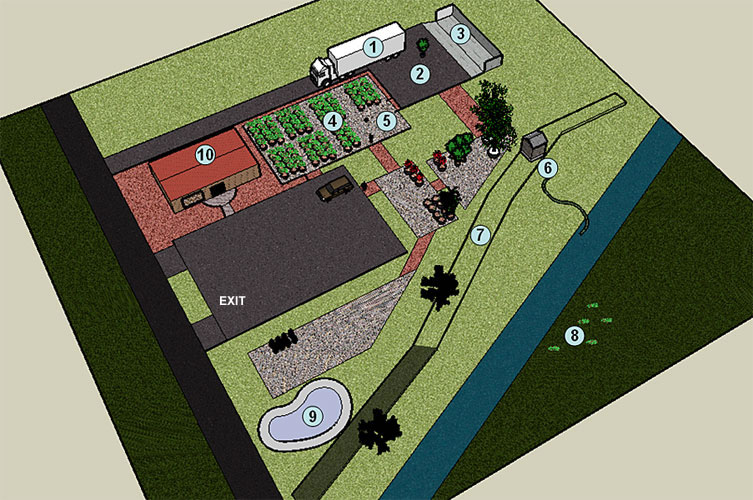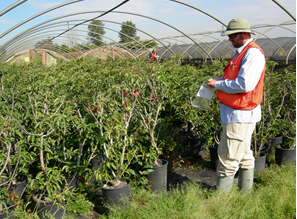Water
gary.maguireWater Management
Since Phytophthora diseases are waterborne, good water management practices are key in preventing plant losses.

Water management photos – Examples of water management situations in nurseries in the Pacific Northwest.
Water Management for Nurseries -Presentation from the Best Management Practices workshops in 2014
Water Sampling Protocol (Appendix 7, Confirmed Nursery Protocol 2007)
The Water Education Alliance for Horticulture at the University of Florida has a comprehensive website on water management, mainly chemical and other treatments for water.
Irrigation Pathogens and Water Quality – Learn how to recycle water without recycling pathogens at this Virginia Tech site.
A Short Introduction to Water Recycling for Plant Nurseries – this presentation provides a good summary of water treatments for nurseries, to prevent disease spread and reduce pollutant runoff.
Facts and Myths About Irrigation Water An overview of irrigation water treatments and uses in nurseries.


